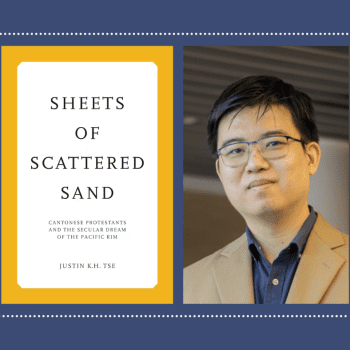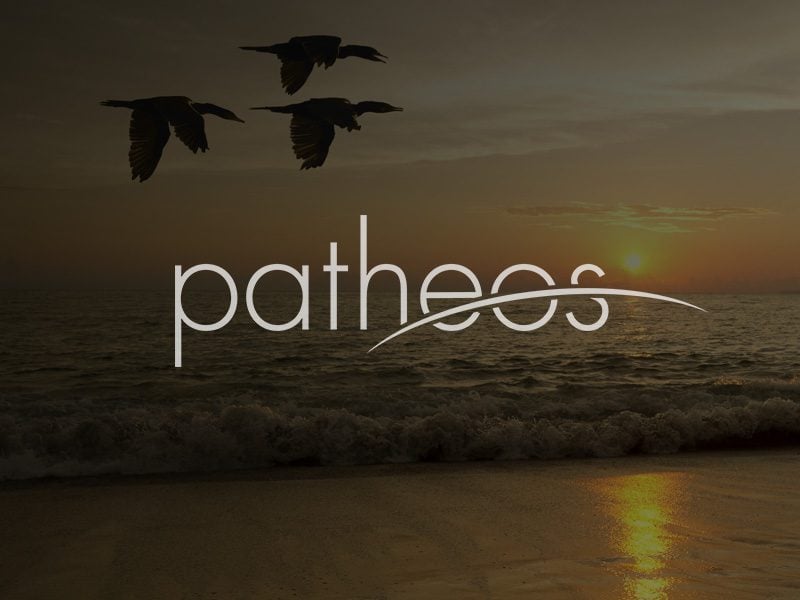I recently learned a fascinating lesson about global Christianity – or to be more exact, the first phase of that great movement, over a thousand years ago. I also learned how little even educated people know about that phenomenon.
I had the wondrous experience of visiting the Warriors, Tombs and Temples exhibit that is currently showing at the Houston Museum of Natural Science. The exhibit is spectacular, based as it does on the vast terracotta army of soldiers that were buried to accompany a long-dead Chinese emperor into the afterlife. The soldiers are depicted individually, and the details are astonishing. One archer even has his face painted green. Why? Well, obviously – snipers, then and now, needed camouflage.
The exhibit includes other magnificent objects ranging through the highly cosmopolitan Tang dynasty, which ruled China from the seventh through the ninth centuries AD. Buddhism made its great impact on China under the Tang, and we see many religious and monastic treasures, mainly from the legendary Famen temple. By the 840s, though, native Chinese elites succeeded in booting out these foreign influences, and expelling the Buddhist monks and scholars for decades.
So what does all this have to do with Christianity? An enormous amount, actually, as it was also under the Tang that the great Church of the East made its inroads into China, until these so-called Nestorian believers were expelled and persecuted, together with their Buddhist allies. (I have told this story in more detail in my book The Lost History of Christianity). So close were the two movements that the Chinese regarded Christianity as a school or subset of Buddhism. It’s an amazing story, one of the most remarkable chapters in the whole Christian missionary enterprise – but for all its other achievements, it is not even mentioned in the Houston exhibit. I don’t think that’s some kind of anti-Christian bias, but rather an odd blank spot.
No less blinkered is the account of the Buddhist temples and monasteries, where the explanatory text tries to tell Westerners about this alien culture. You see, the Buddhists of the eighth and ninth centuries actually buried body parts from saints and holy men in those buildings in the belief that the act would consecrate the structures. People – including emperors – made visits to these “relics” which were believed to contain spiritual power. Abbots had special staffs and ritual tools made for those great ritual occasions and processions. Ordinary people even bought tacky souvenirs commemorating those relics and pilgrimage places. Um, and if there is any way in which that catalogue of practices differs from the absolutely standard practice of Christian Europe at that exact time, I can’t think what it might be! Never once, though, does the exhibit draw these utterly obvious parallels, which are instantly apparent to anyone who has ever read a book on medieval Christian history.
I’m clearly not suggesting any direct linkages between Buddhist and Christian practices at this point, but the parallels are interesting, and might well have helped open Chinese doors for the arriving Christian missionaries. Also striking are the anti-Buddhist rants of later Chinese nativists, who sound like Martin Luther at his most dyspeptic in their denunciations of the cults of relics and saints. So are these similarities of no interest whatever to the museum’s curators and advisers? Do they really not know?
Do everything in your power to see this gorgeous exhibit, and marvel at the artistic glories of early China. But be prepared to bring your own powers of historical interpretation along with you.












